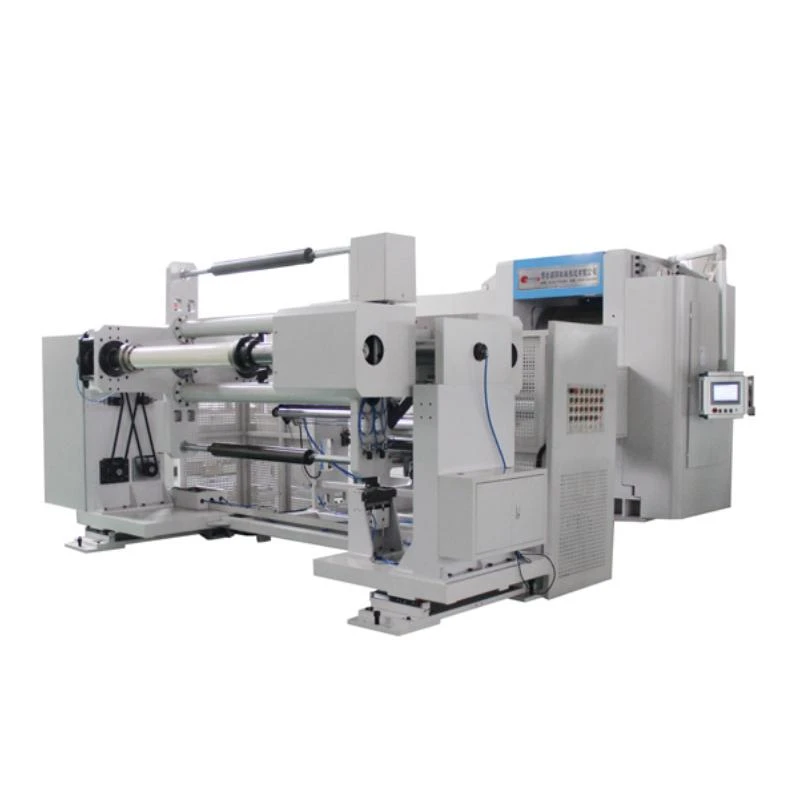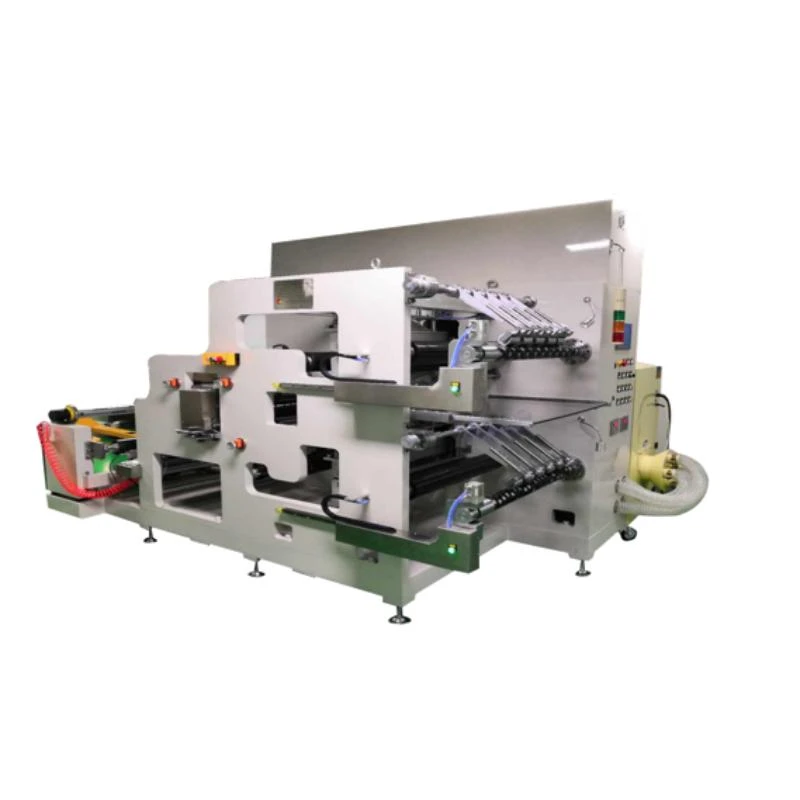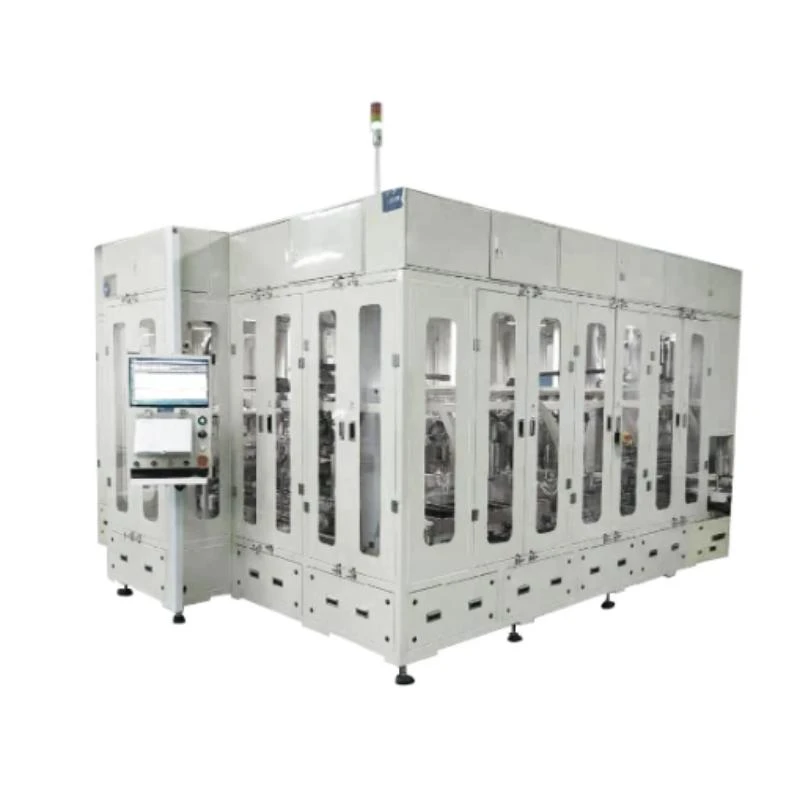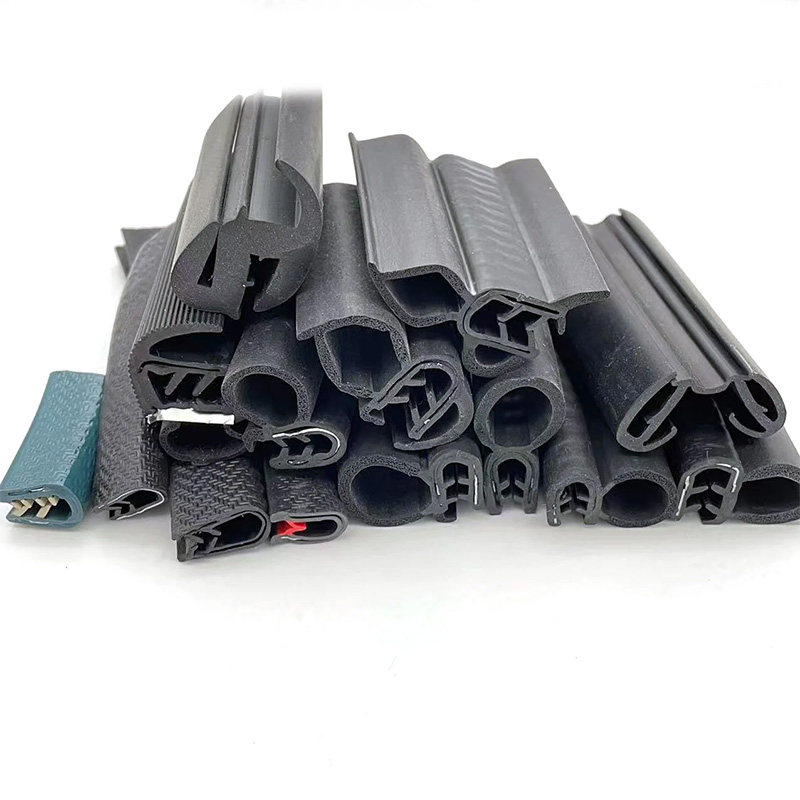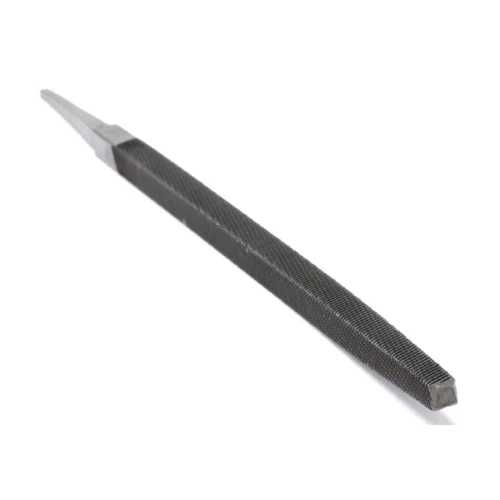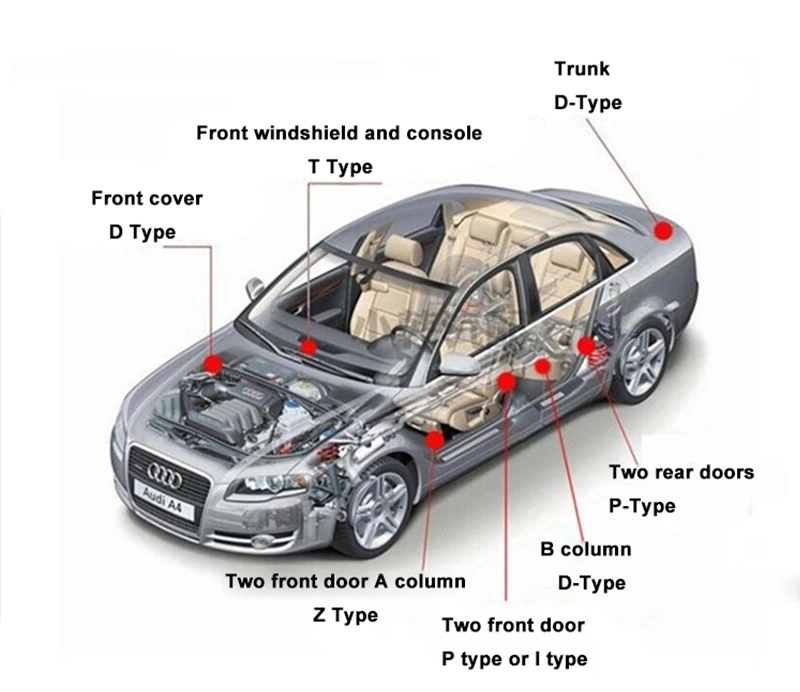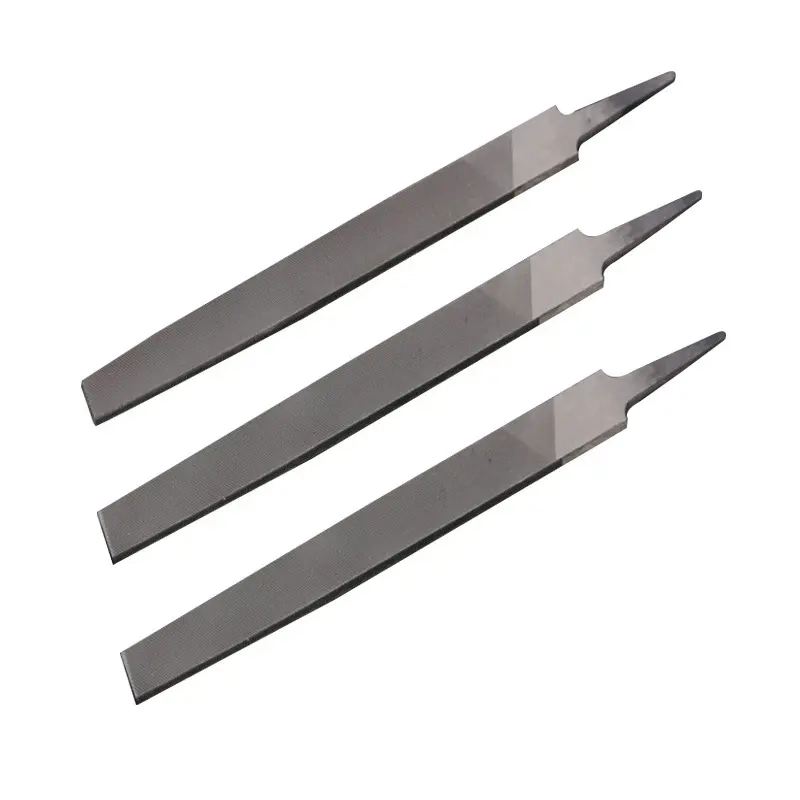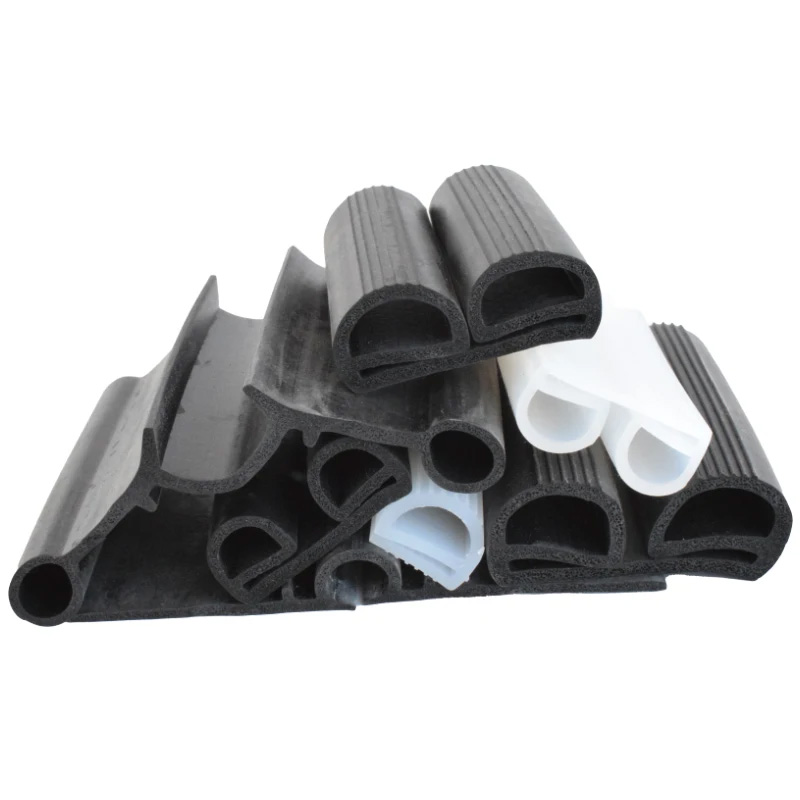Car Door Seal Buying Guide
When it comes to maintaining your car’s comfort and protection, a high-quality car door seal is essential. Whether you need to replace an old seal or upgrade for better insulation, understanding the different types, materials, and features will help you make the right choice. We are a group company,we have five big factories in China to producelithium battery production line equipment; rubber sealing strip; steel file;jute products and pet food.This guide covers everything you need to know about car door weather stripping, ensuring your vehicle remains noise-free, waterproof, and energy-efficient.
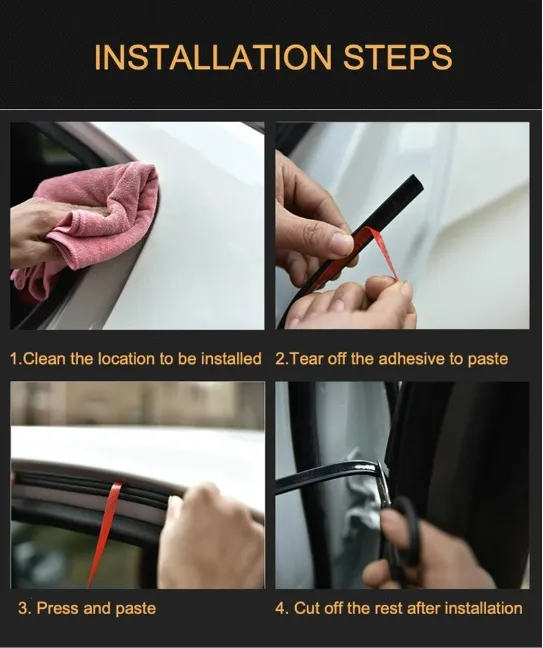
Understanding Car Door Seal Types and Their Importance
A car door seal is more than just a rubber strip—it plays a crucial role in keeping your vehicle’s interior safe from external elements. Here are the key aspects to consider:
Noise Reduction – A well-fitted car door rubber seal minimizes road and wind noise, providing a quieter ride.
Weatherproofing – Car door weather stripping prevents water, dust, and debris from entering the cabin.
Energy Efficiency – Proper sealing helps maintain cabin temperature, reducing the load on your AC or heating system.
Whether you’re a car owner or a wholesaler looking to stock up, selecting the right car door adhesive strip ensures long-lasting performance.
Choosing the Right Material for Your Car Door Seal
The material of your car door seal strip determines its durability and effectiveness. Below is a comparison of common materials:
|
Ihe onwunwe |
Njirimara |
Best For |
|
EPDM |
Weather-resistant, flexible, long-lasting |
All climates |
|
Silicone |
High-temperature resistance, non-toxic |
Luxury & high-performance cars |
|
TPE/TPU |
Eco-friendly, recyclable, good elasticity |
Modern vehicles |
|
NBR |
Oil-resistant, affordable |
Commercial vehicles |
EPDM Rubber – Ideal for extreme weather conditions, offering excellent UV and ozone resistance.
Silicone Seals – Perfect for high-end cars due to their superior heat resistance.
TPE/TPU Blends – Environmentally friendly options with great flexibility and durability.
For wholesalers, stocking a variety of materials ensures you meet diverse customer needs.
Customizing Your Car Door Seal for the Perfect Fit
Not all car door rubber seals are the same—customization ensures optimal performance.
Size Variations – Whether you need standard or custom sizes, molds can be designed to fit any vehicle model.
Color Options – While black is the most common, colored seals can be produced upon request.
Design Flexibility – Adhesive-backed, magnetic, or groove-fit designs cater to different installation needs.
Custom car door weather stripping enhances both functionality and aesthetics, making it a great selling point for wholesalers.
Installation and Maintenance Tips for Car Door Seals
Even the best car door adhesive strip won’t perform well if installed incorrectly. Follow these tips:
Proper Cleaning – Ensure the door frame is free from dirt and old adhesive before installation.
Correct Alignment – Apply the seal evenly without stretching to prevent gaps.
Regular Inspections – Check for wear and tear, especially after extreme weather.
Maintaining your car door seal prolongs its lifespan and keeps your vehicle in top condition.
Car Door Seal FAQs
How long does a car door seal rubber last?
A high-quality car door seal can last 5–10 years, depending on material and climate conditions. EPDM and silicone seals typically outlast cheaper alternatives.You can purchase bulk car door seals from various automotive suppliers, both online and offline. Look for reputable dealers who offer a wide range of car door seals in different materials and sizes to suit your needs.
Can I replace a car door seal myself?
Yes! Most car door seal strips come with adhesive backing for easy DIY installation. Just ensure proper alignment.However, for those who prefer professional assistance, visiting an authorized car service center is recommended. They have the expertise and tools to ensure the seal is installed perfectly, minimizing the risk of any issues arising later.
What’s the difference between EPDM and silicone car door seals?
EPDM is more affordable and weather-resistant, while silicone handles extreme heat better but is costlier.EPDM, or ethylene propylene diene monomer, is often chosen for its durability and ability to withstand a wide range of temperatures. It's also known for its flexibility, which makes it an excellent choice for car door seals that need to maintain a tight fit over time.Silicone, on the other hand, offers superior resistance to extreme heat and cold, making it ideal for vehicles that operate in harsh climates. However, its higher cost may be a deterrent for some buyers. Ultimately, the choice between EPDM and silicone car door seals will depend on your specific needs and budget.
Do car door seal affect fuel efficiency?
Indirectly, yes. A well-sealed cabin reduces AC/heating workload, improving overall energy efficiency.Properly functioning door seals also prevent drafts and moisture from entering the vehicle, maintaining a consistent interior temperature. This, in turn, helps in minimizing the need for excessive air conditioning or heating, thereby having a slight positive impact on fuel efficiency.
Where can I buy bulk car door seal?
Our company supplies premium car door weather stripping in bulk at competitive prices. Contact us today for wholesale deals!A high-performance car door seal enhances comfort, reduces noise, and protects your vehicle from harsh weather. Whether you're a car enthusiast or a wholesaler, investing in quality seals ensures customer satisfaction.Wholesalers, take action now! Stock up on durable car door rubber seals and car door adhesive strips from our factory. Custom sizes, materials, and colors are available—place your order today and provide your customers with the best sealing solutions!
Kekọrịta
-
Lithium Battery Welding Machine | High-Precision, Fast, SafeAkụkọNov.17,2025
-
Aluminium Guide Roller | Anodized, Lightweight, Low-NoiseAkụkọNov.17,2025
-
Tofu Cat Litter Bulk – Eco, Low-Dust, Fast Clumping SupplyAkụkọNov.17,2025
-
Equipment for Lithium Cell Assembly | Automated & PreciseAkụkọNov.10,2025
-
Square File Tool – Precision Cut, Hardened Steel, VersatileAkụkọNov.10,2025
-
Lithium Ion Battery Assembly Machine | Automated, High-SpeedAkụkọNov.10,2025
